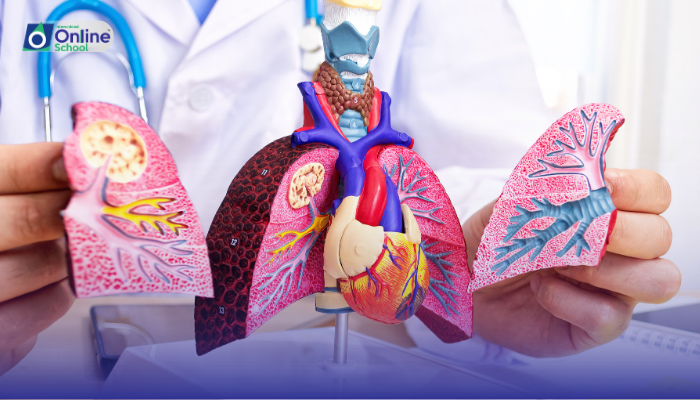
Learning Outcomes
i. Understand the concept of respiration and its importance in energy production.
ii. Differentiate between respiration, gas exchange, and breathing.
iii. Describe the process of gas exchange between the bloodstream and the lungs.
iv. Explain how breathing facilitates gas exchange.
i. Understanding Respiration
Respiration is a vital metabolic process occurring in the cells of living organisms. It's not just about inhaling oxygen and exhaling carbon dioxide; it's a complex chemical reaction. During respiration, cells use oxygen to break down glucose, which creates energy in the form of ATP (adenosine triphosphate). This energy is what powers the cells to perform various functions essential for survival, from muscle contraction to the synthesis of complex molecules.
ii. Differentiating Respiration, Gas Exchange, and Breathing
It's common to confuse respiration with breathing, but they're distinct processes. Breathing is the physical act of moving air into and out of the lungs. It's an involuntary action regulated by the respiratory center in the brain, involving the diaphragm and other muscles of the respiratory system. Through breathing, we take in the oxygen needed for respiration and expel carbon dioxide, a waste product of this metabolic process.
Gas exchange, on the other hand, is the transfer of oxygen from the air we breathe into the blood and carbon dioxide from the blood into the lungs to be exhaled. This exchange occurs in the tiny air sacs in the lungs called alveoli. The walls of the alveoli are so thin and so close to the tiny blood vessels, or capillaries, that oxygen and carbon dioxide can move between them. The oxygen-rich blood then travels to the heart, which pumps it throughout the body to supply our cells with the oxygen they need for respiration.
iii. The Process of Gas Exchange
Gas exchange is critical because it replenishes the blood with oxygen and removes carbon dioxide. Oxygen enters the blood through the alveoli, diffusing through their walls due to a concentration gradient—oxygen is higher in the alveoli and lower in the blood of the capillaries. Similarly, carbon dioxide follows its gradient, moving from the blood where its concentration is higher, to the alveoli, from where it can be breathed out.
How Breathing Facilitates Gas Exchange
Breathing consists of two phases: inhalation and exhalation. During inhalation, the diaphragm contracts and moves downward while the ribs move outward, enlarging the chest cavity and lowering the air pressure in the lungs. This pressure difference allows air to rush into the lungs. Exhalation is the opposite: the diaphragm relaxes and moves up, the chest cavity becomes smaller, and the air pressure inside the lungs increases, pushing the air, now rich in carbon dioxide, out of the lungs.
while respiration, gas exchange, and breathing are interconnected, they are separate processes. Respiration is a chemical process at the cellular level, gas exchange is the movement of gases between the blood and lungs, and breathing is the mechanical act that makes gas exchange possible. Understanding these distinctions is crucial for a foundational grasp of respiratory physiology.